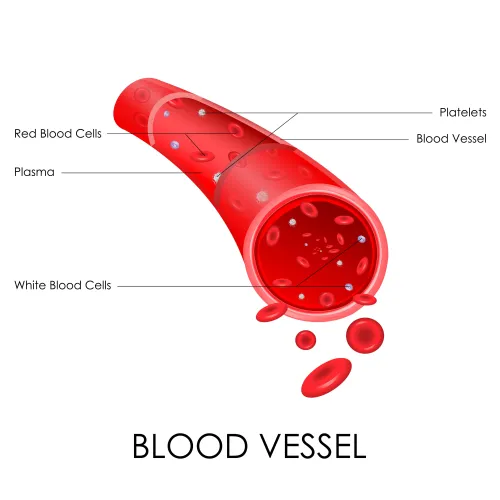Solve Bladder Neck Contracture Conundrum
Question: According to the documentation, the urologist placed a direct visual internal urethrotomy (DVIU) scope 20-French through the urethra up to the bladder neck where the tight area was visualized. They passed a 0.035 guidewire through this without any difficulty. It was probably opened enough that it could have accommodated one 0.035 guidewire. With the guidewire in place, the urologist took the cold knife and cut at the 12 o’clock position. The urethra easily opened up with this. Scar tissue was noted. There was minimal bleeding initially but then the area started to bleed. The urologist placed the Foley catheter and tried to use it to tamponade the bleeding. However, this was unsuccessful. The Foley catheter was removed. The urologist placed the cystoscope back in. There was some bleeding at the 12 o’clock position. The urologist removed the wire and they tried to use a Bugbee to cauterize. This was unsuccessful. They then placed a resectoscope with the rollerball. The urologist had the settings on low. They were able to successfully cauterize two areas at the 12 o’clock position, which were bleeding fairly briskly. With hemostasis now obtained, the urologist removed the resectoscope. Which codes should I report on my claim? AAPC Forum Subscriber Answer: If this clinical scenario followed a bladder neck contracture, really a urethral stricture at the anastomosis of the urethra and bladder after a radical prostatectomy, then code 52276 (Cystourethroscopy with direct vision internal urethrotomy) would be appropriate with a diagnosis of a urethral stricture. Otherwise, if the bladder neck contracture followed as a complication of a transurethral resection of the prostate (TURP), then report 52450 (Transurethral incision of prostate) with modifier 52 (Reduced services) appended for the incision of the bladder neck only and not the full prostatic urethra. The latter ICD-10-CM code would be N32.0 (Bladder-neck obstruction).




